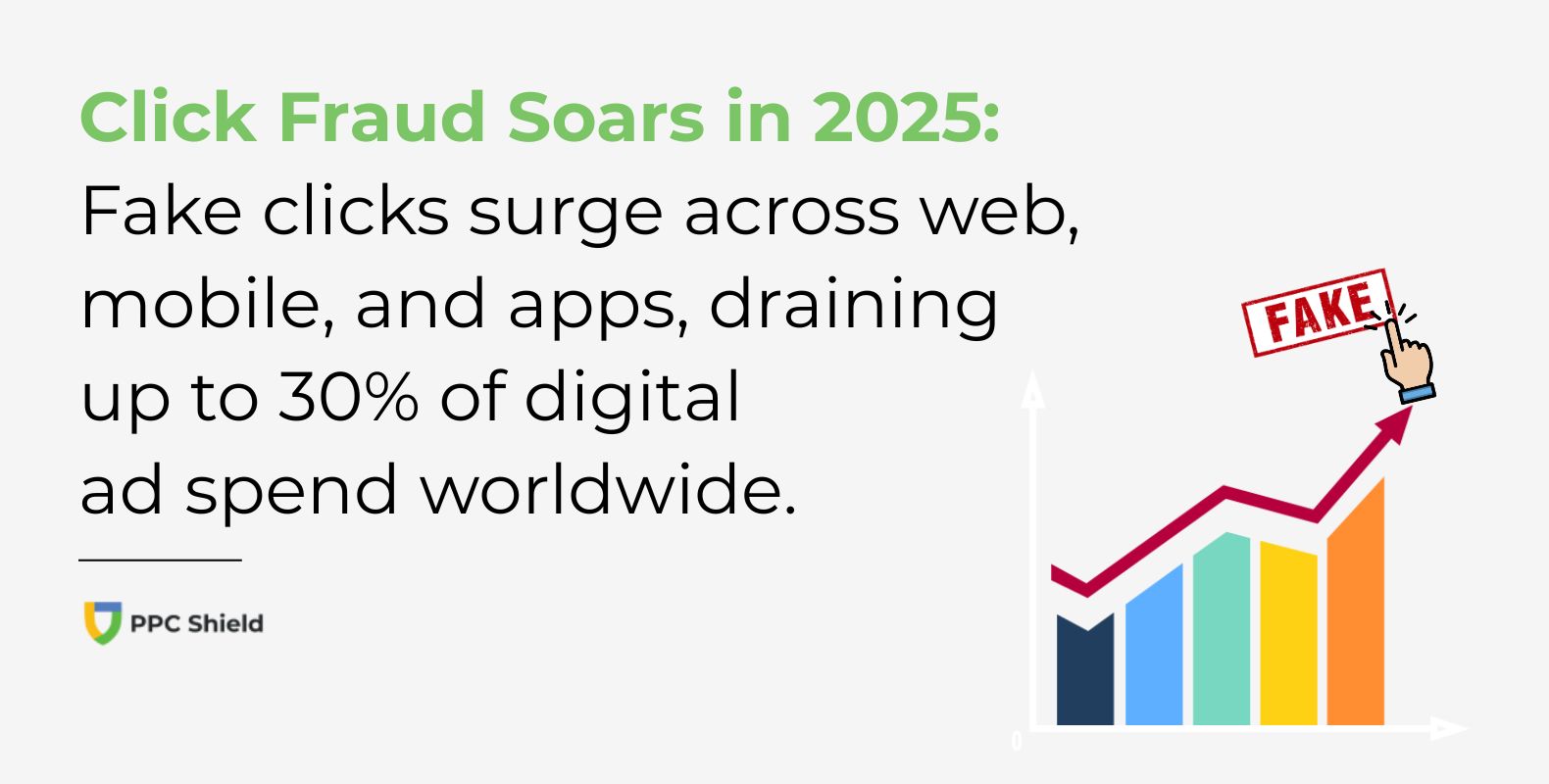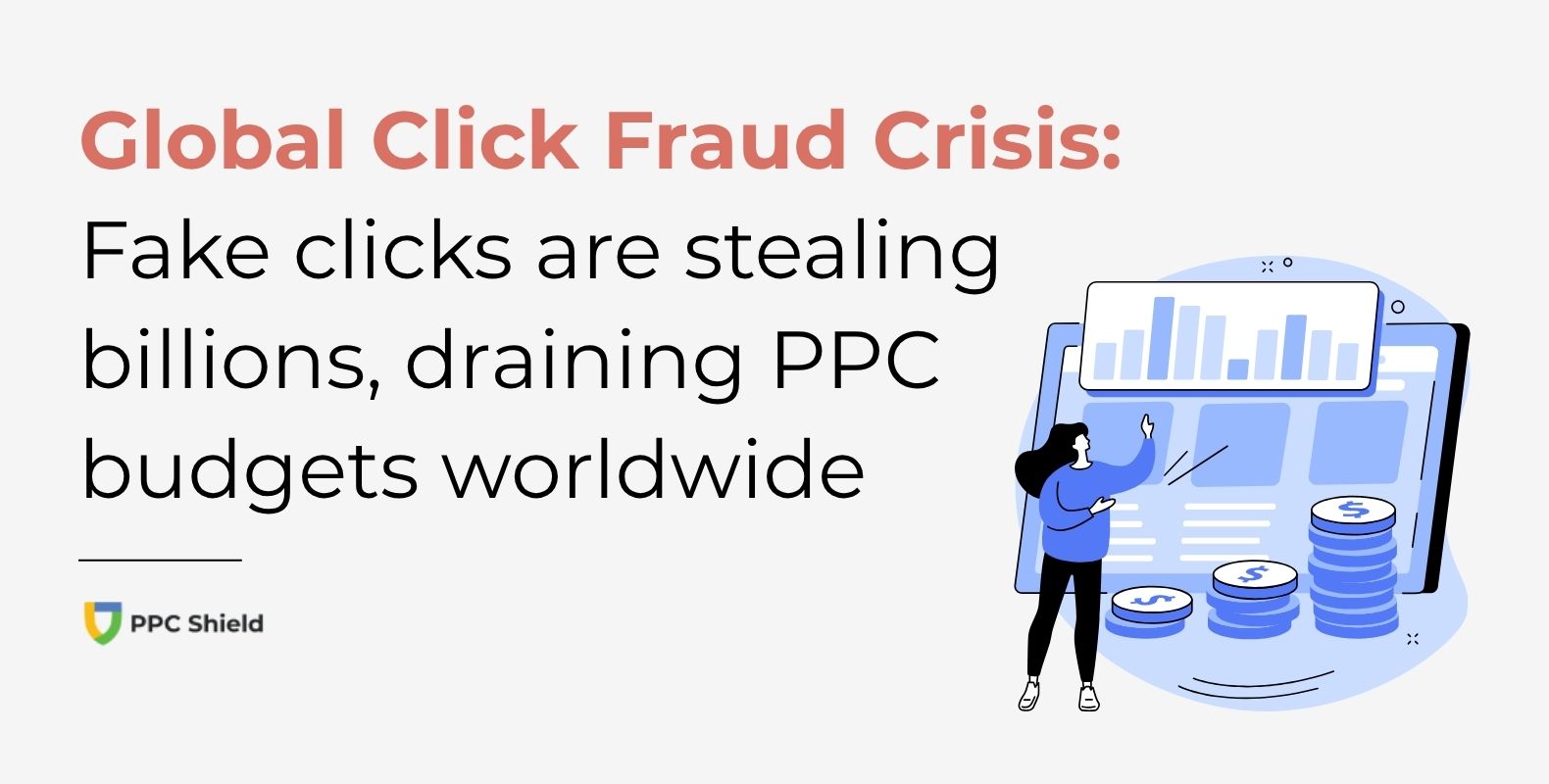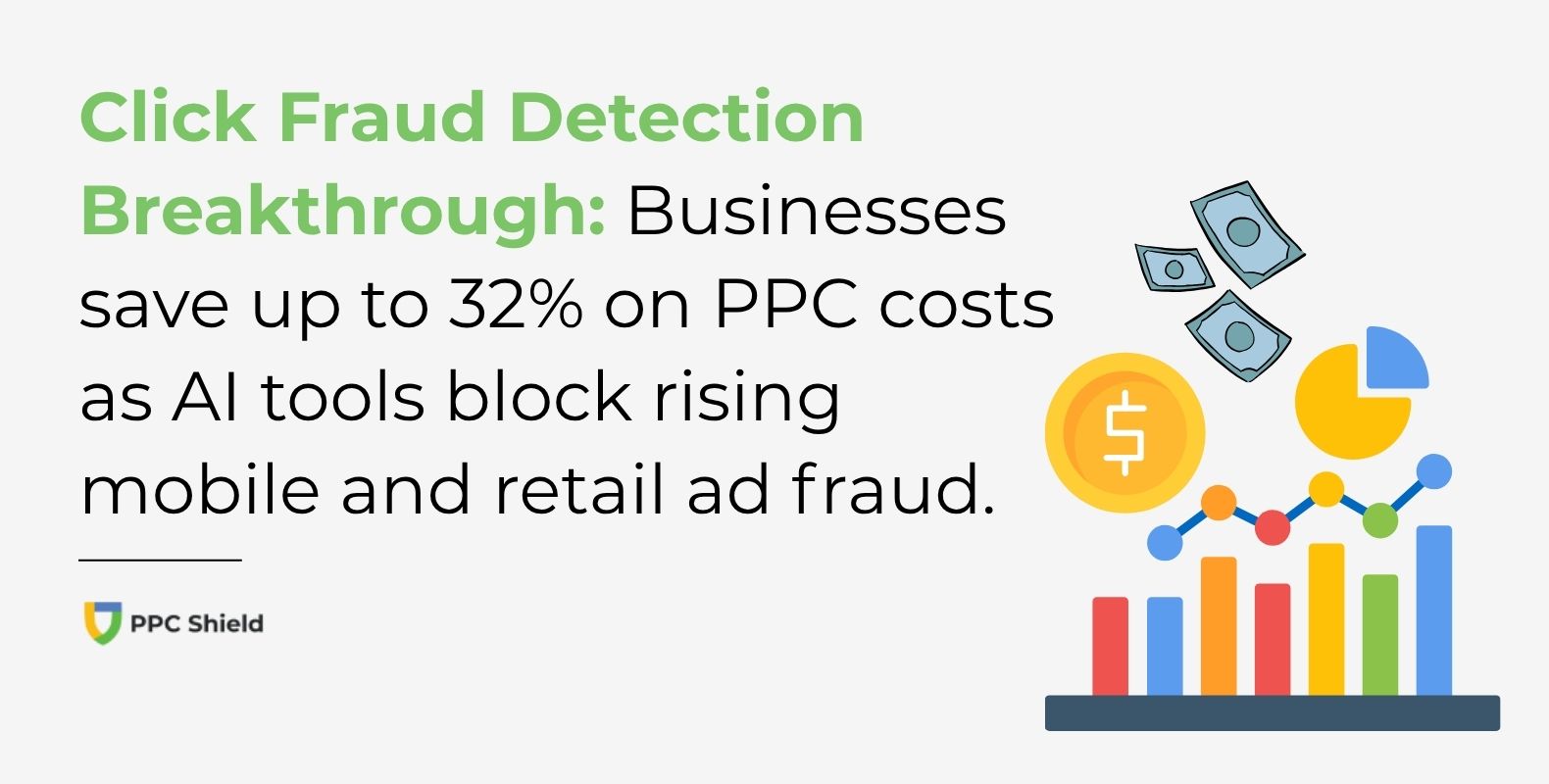PPC Fraud in China’s 2025 Digital Ad Market: Scale, Impact & Solutions
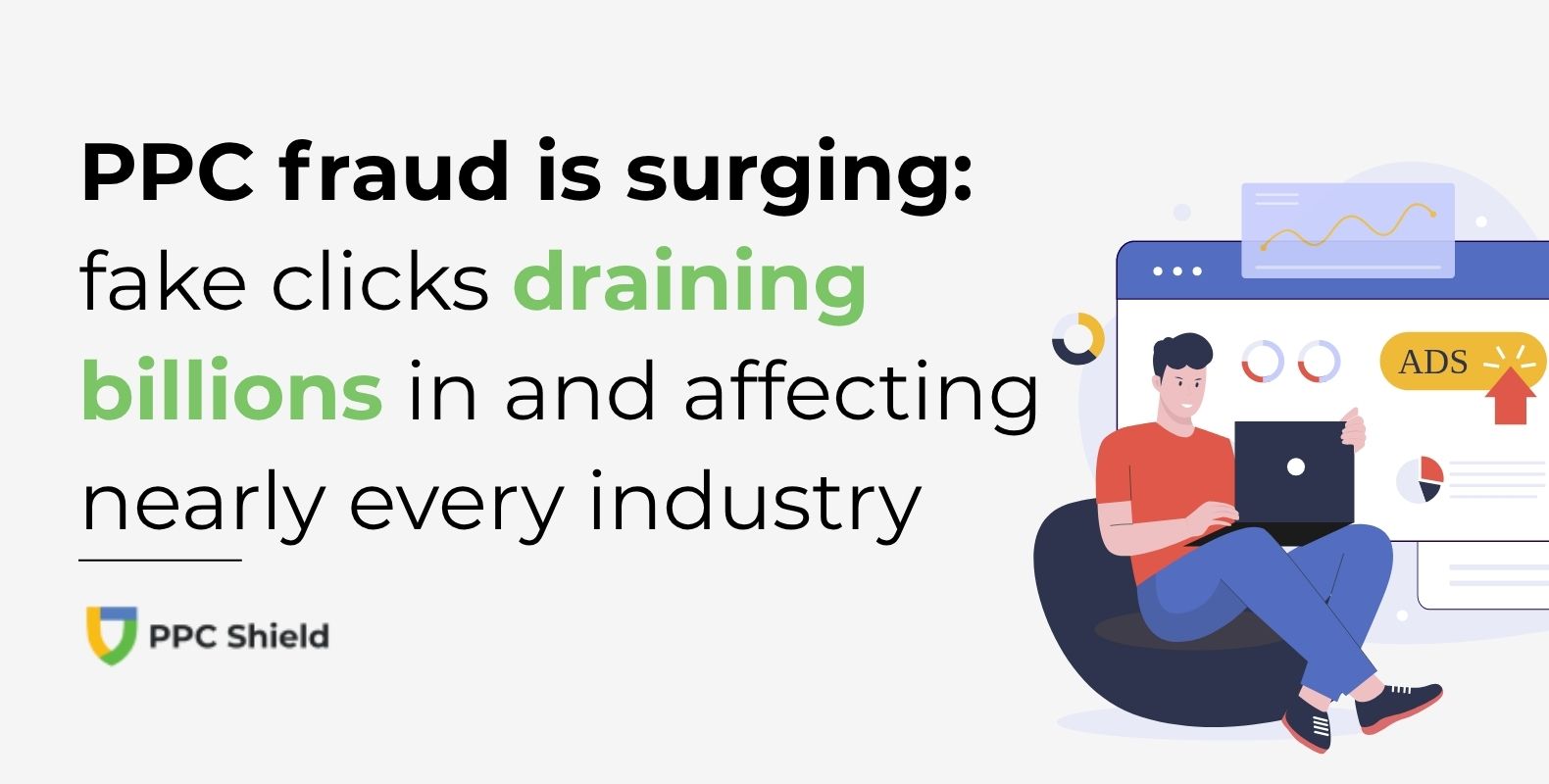
A Growing Billion-Dollar Threat
China’s digital advertising market is the world’s second-largest, and it faces an unprecedented wave of pay-per-click (PPC) fraud in 2025. Globally, roughly 1 in 6 PPC clicks is now fraudulent, siphoning over $84 billion a year from advertisers’ budgets (clickpatrol.com).
China stands out as a hotspot: recent studies estimate Chinese advertisers lose tens of billions (USD) annually to fake clicks and bot traffic. One analysis pegged China’s fraud losses at about $18.7 billion per year, far exceeding any other country or region (novatiq.com).
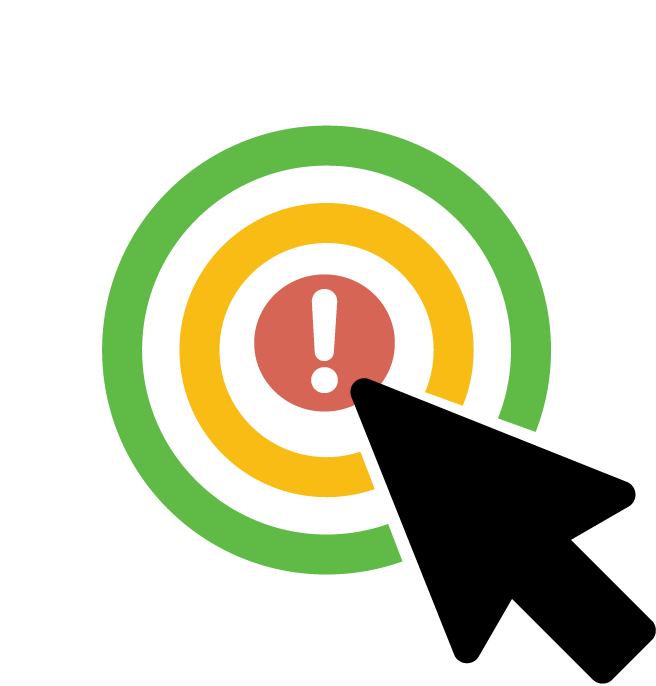
Industry audits within China have measured invalid or “abnormal” click rates around 30%, meaning nearly a third of paid ad engagements are coming from non-genuine sources. This scale of waste poses a serious challenge for every marketing team operating in China’s online ecosystem.
Cross-Industry Insights: No Sector Spared
PPC fraud in China cuts across all sectors, imposing hidden “taxes” on advertising in industries from e-commerce to finance. E-commerce and Retail brands, for example, often contend with competitor sabotage and click farms driving up their ad bills. It’s not uncommon for a shopping ads campaign to find that a large chunk of clicks came from suspicious sources with no conversion history – in one case study, 40% of an online retailer’s ad traffic was traced to bots or click-farm activity.
Financial and Legal Services, with China’s highest cost-per-click keywords, are prime targets as well; global benchmarks show that in these high-value sectors fraudulent clicks can account for up to 30% of paid traffic, and the Chinese market is likely at the high end of that range.
The mobile app and gaming industry faces rampant install fraud and click injection schemes. China’s huge mobile user base means app marketers must battle fake installs and click spam – recent programmatic data shows about 38% of mobile app ad traffic in China was invalid in 2025, a startling figure on par with the highest in Asia.
Even the tech and B2B sector isn’t immune: major Chinese internet companies have grappled with bot traffic inflating their ad metrics, and a notorious case saw one tech firm accused a rival of mass-clicking its ads to drain its budget.
Across the board, the message is clear – whether you’re a fashion retailer, a banking app, or a gaming platform, a significant portion of your paid clicks might be fraudulent.
Financial & Operational Risks
For business leaders, PPC fraud is not just an irritating cost – it’s a strategic and operational risk. The immediate financial loss from wasted ad spend is substantial: Chinese advertisers have been losing billions of yuan each year to fraudulent traffic, and that loss grows as digital budgets increase. However, the hidden costs can cut even deeper.
Skewed analytics and false performance data are a serious consequence of bot activity. When a third of your clicks are fake, your marketing dashboards lie to you – conversion rates plummet, customer acquisition costs look higher, and it becomes harder to trust optimization decisions. This can lead to misallocated budget and flawed strategy, as teams chase phantom “leads” or invest in channels that aren’t truly delivering real customers.
There’s also an operational drag: teams must spend time investigating traffic anomalies, managing blacklists, and reporting invalid activity, which distracts from real campaign growth efforts. In some cases, unchecked fraud even creates brand safety and reputational risks. Fraud rings have been known to display legitimate brands’ ads on dubious websites or alongside disreputable content to generate fake clicks, potentially harming brand image.
All told, PPC fraud acts like a leak in the boat of China’s digital marketing ROI – draining funds, distorting performance, and undermining the confidence of marketing decision-makers.
Rising to the Challenge
Industry Action
The scope of click fraud in China has sparked industry-wide action. Advertisers, agencies, and platforms are increasingly aware that fraud prevention is now a baseline requirement for competing in this market. Major players are partnering with industry groups to set standards – for instance, the China Advertising Association has joined international initiatives to certify clean advertising traffic.
Tech giants and ad networks are investing in tighter fraud filters, while third-party verification firms (often armed with AI algorithms) monitor traffic patterns to flag invalid clicks in real time. Despite these efforts, the consensus is that fraudsters are continuously evolving their tactics, from sophisticated bots that mimic human behavior to coordinated click-farm networks. This means companies must be proactive and vigilant.
Regular traffic audits, IP blacklists, geotargeting controls, and device fingerprinting have all become part of the savvy marketer’s toolkit. Business leaders are also fostering a culture of transparency with their media agencies – insisting on detailed reports of traffic quality and making sure incentives are aligned to deliver genuine results, not just raw click volumes. Crucially, more firms are treating ad fraud mitigation as a strategic investment rather than a reactive cost.


